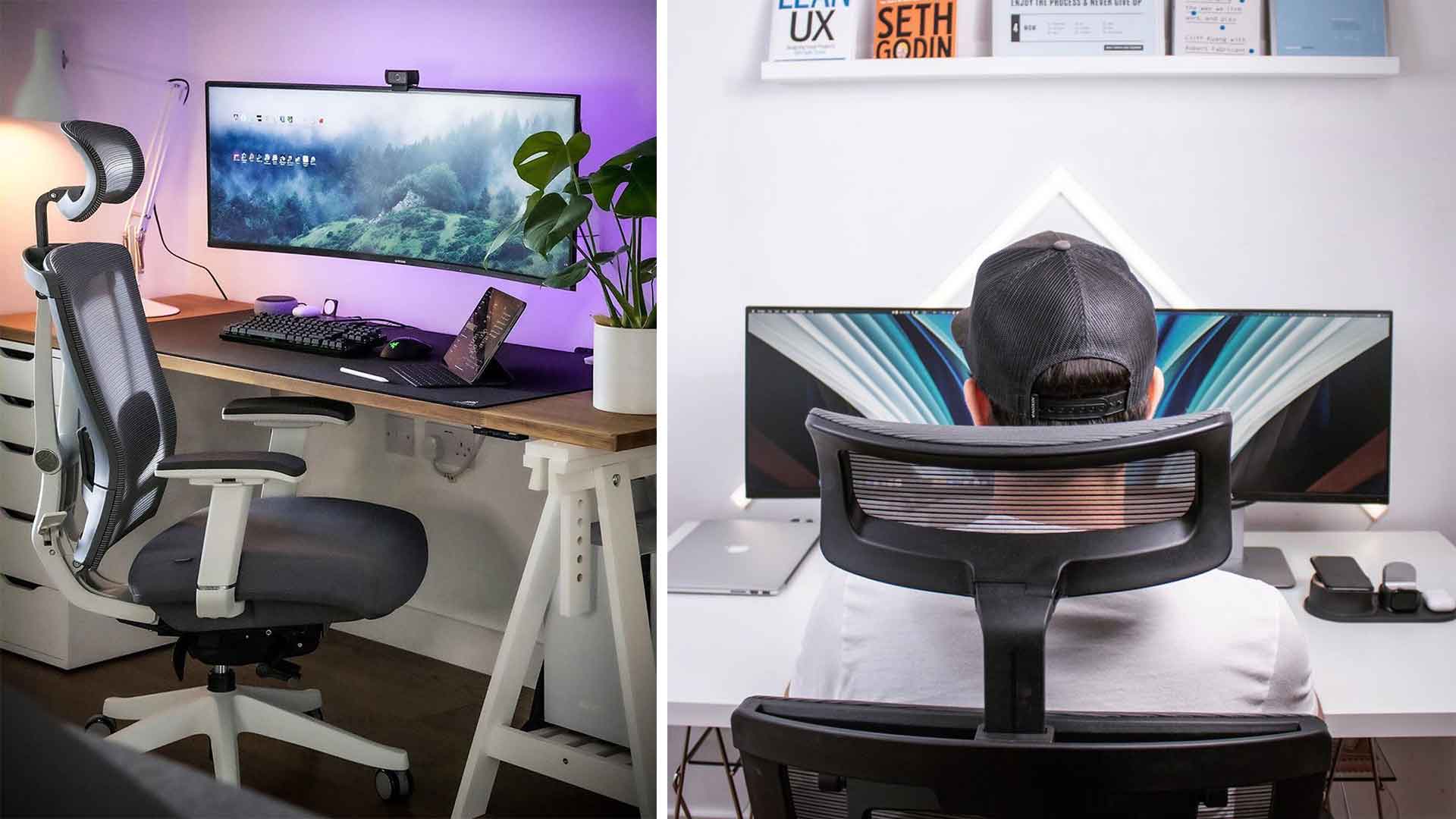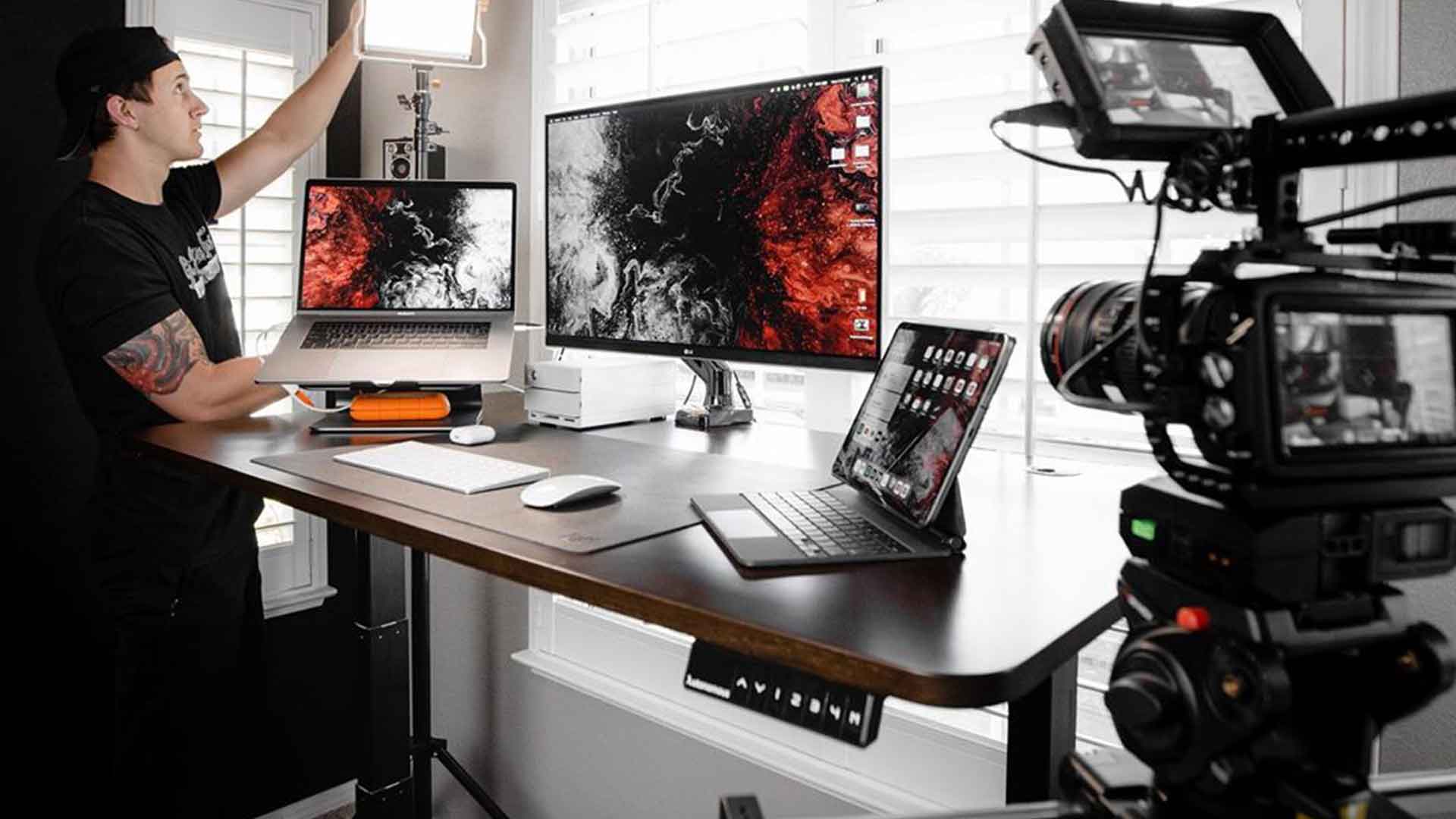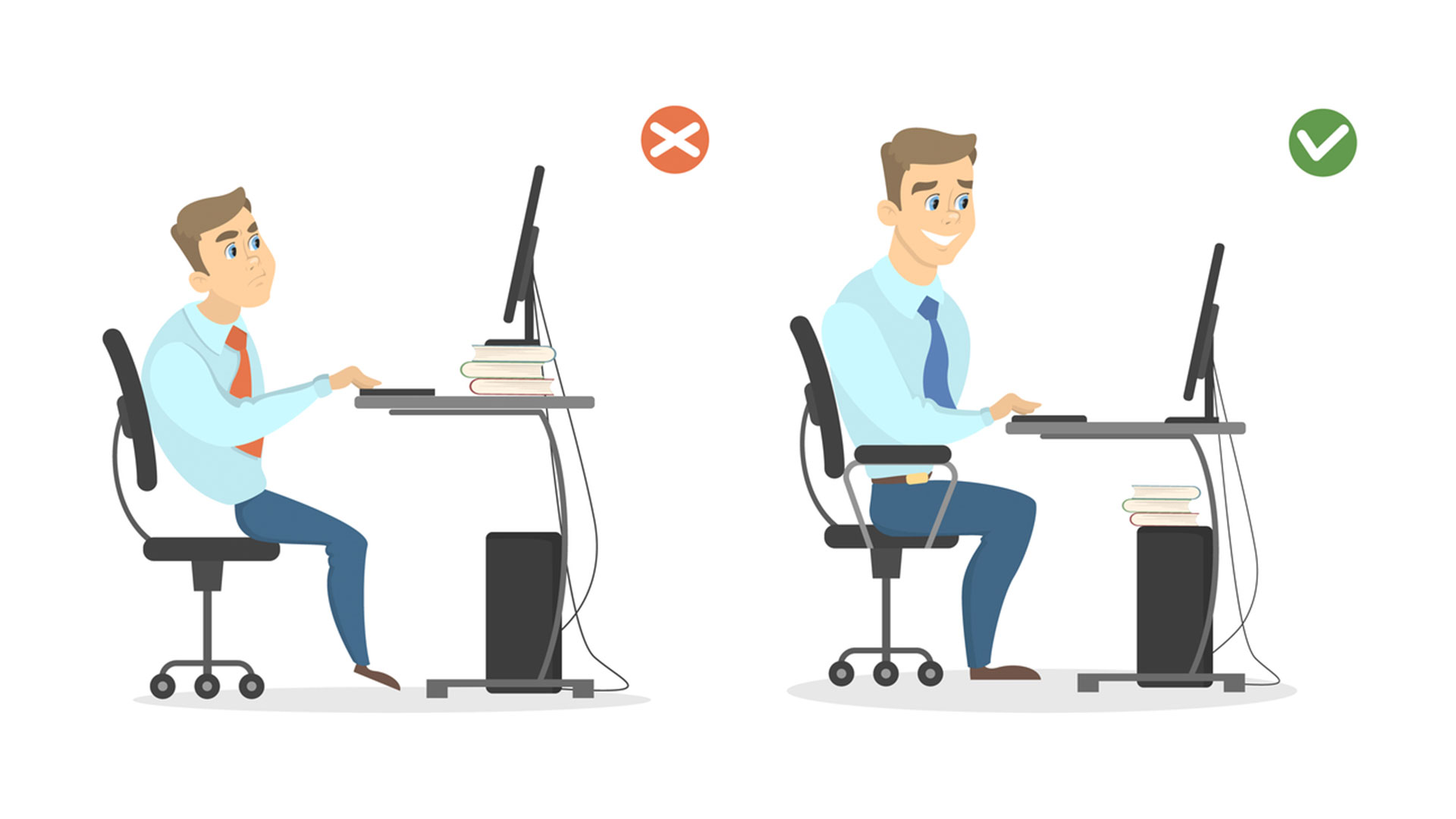/https://storage.googleapis.com/s3-autonomous-upgrade-3/static/upload/images/new_post/8-tips-to-reduce-workplace-fatigue-553.jpg)
Is workplace fatigue preventing you from spending quality, enthusiastic, energetic time with your family? Like it or not, most of us have jobs that keep us figuratively chained to a desk. Sitting more or less immobile for seven to ten hours each day is clearly not what our bodies were designed for. We were meant to be leading far more active and dynamic lives. Our largely sedentary lifestyles have given rise to a host of health problems.
One of those problems is feeling tired and exhausted at the end of the day. Quite paradoxically, it is sitting still for long periods that increases exhaustion and fatigue. How does inactivity cause tiredness? How can you battle workplace fatigue which leaves you feeling drained and unable to do anything fun at the end of the day? How can you ameliorate the negative impacts of being ‘chained’ to your desk and avoid the resultant desk fatigue?
These tips will help you end your day with upbeat enthusiasm and vibrancy instead of a need to just hit the bed.
1. Choose ergonomic chairs
 An ergonomic chair is one that is built with the user in mind: with the right seat width and depth as well as the right height to permit the knees to bend at the appropriate angle with the feet comfortably on the ground (or a foot rest as detailed below).
An ergonomic chair is one that is built with the user in mind: with the right seat width and depth as well as the right height to permit the knees to bend at the appropriate angle with the feet comfortably on the ground (or a foot rest as detailed below).
A well-designed chair should have armrests that offer proper support to the forearms; ideally with adjustable height so that the arms remain parallel to the floor. Lumbar support is another important feature to look for – it helps support the lower back, and hence prevents chronic pain and other musculoskeletal problems. It is also important to choose a chair with comfortable, breathable materials that help prevent sweating and bacterial proliferation.
For this reason, many of these chairs feature a mesh backrest for proper airflow. Easy swivel, seat tilt and recline, casters and adjustable height are other features to look for in a chair so the user can adjust it according to their own preference and comfort.
2. Consider standing desks
 Experts believe that sitting for long periods contributes to many health issues and could actually lead to premature death. For this reason, it is advisable to be more active during the work day, and to adjust one's posture.
Experts believe that sitting for long periods contributes to many health issues and could actually lead to premature death. For this reason, it is advisable to be more active during the work day, and to adjust one's posture.
Experts recommend working while standing alternating with sitting down to work – if one sits for 50 minutes, they can then work standing up for the next 10 minutes. Standing desks have an adjustable design that can be cranked up manually or adjusted electrically. This lowers or raises the work surface – including the monitor, keyboard and mouse – to accommodate working while standing or sitting and to transition easily from one to another.
A well-designed standing desk will also have multi level surfaces, a cable friendly design and enough space for any peripherals that need to be accommodated within arm’s reach.
3. Use flexible laptop stands
Those who do not want to make a big change over to a standing desk can consider flexible laptop stands that help to raise the height and adjust the angle of the work surface. This lets a person change their position as they work, so that they can rise to stand for a while, adjust their seated height etc.
Rather than remain seated in one position throughout the work day, this helps a person change position, improve circulation, and free up the muscles. Hence the body doesn’t feel stiff and cramped – one of the major reasons for workplace fatigue. Such a laptop stand, like a standing desk, can help improve circulation and overall health.
4. Ensure proper posture and positioning of the legs

Not slouching and keeping the back upright is very important for spine health as well as reducing desk fatigue. The height and position of the legs is also important. The hip and knee joints should ideally be bent at angles of little over 90 degrees. Thighs should be parallel to the floor and feet should be able to rest properly on the floor.
It is also advisable to use a footstool or an ergonomic footrest for the feet, helping to elevate the feet slightly, at an angle. This improves posture and comfort levels while reducing the amount of fluid pooling at the ankles and feet. This may be advisable in particular for pregnant women and workers with certain health ailments.
5. Control eye strain, rest your eyes
Make sure that the monitor is correctly positioned to prevent neck and eye strain. Consider using a device to reduce screen glare since the blue light emanated by screens is also known to contribute to fatigue.
Taking short 10-minute rests in between 50-minute spurts of concentrated work is recommended. Take your gaze away from the monitor and focus on an object in the middle distance. Move your gaze from side to side and in a circular motion to exercise the eyes from time to time.
6. Do some stretches at your desk
 Experts recommend that you take breaks, do some stretches and walk around to break the monotony of remaining seated. Doing leg lifts, ankle rotations, shoulder rotations and neck exercises can be simple ways to stretch the muscles and prevent minor aches and pains.
Experts recommend that you take breaks, do some stretches and walk around to break the monotony of remaining seated. Doing leg lifts, ankle rotations, shoulder rotations and neck exercises can be simple ways to stretch the muscles and prevent minor aches and pains.
Twisting sideways from the waist, stretching the arms up towards the ceiling and then back behind the body are also good for musculoskeletal health. These simple stretches can be done sitting right at your desk, and plus they feel great! It may be a good idea to change seating positions frequently and to try and sit cross-legged upon your chair for short periods (office decorum and workwear/footwear permitting).
Rather than calling up a colleague, walk across to their desk. As much as possible, use the stairs rather than the elevator. Try to avoid eating lunch at your desk. Instead, stretch your legs and free up your cramped limbs.
7. Consider Biophilic Design
This is a design trend aimed at bringing nature into homes and offices. This design system recommends having more plants in dwelling spaces. This is not just for aesthetic reasons but also for purification and oxygenation of the indoor air.
Large windows that let in natural light are also seen to positively impact the body's biorhythms and help sync the body’s circadian cycles. Using natural materials such as wood and a soothing, warm color palette can also be relaxing and calming for the senses.
Biophilic design also recommends using any available outdoor spaces for work processes to encourage employees to step out from time to time. There is evidence to suggest that these design elements can help to reduce stress, improve the mood and even boost productivity.
8. Lifestyle tweaks
 Ensure that you are always properly hydrated and choose to eat nutrient dense (not calorie dense) food at regular intervals to keep up energy levels during the workday. There is also a lot you can do outside of the office to enhance the time you spend inside the office.
Ensure that you are always properly hydrated and choose to eat nutrient dense (not calorie dense) food at regular intervals to keep up energy levels during the workday. There is also a lot you can do outside of the office to enhance the time you spend inside the office.
Make time for and prioritize regular exercise at least five days of the week. Make sure you get enough sleep and listen to your body when it tells you that you're overdoing things. Don’t ignore aches and pains or any unexplained symptoms that could indicate an underlying health issue. Get regular medical checkups. Prioritize remaining healthy and fit rather than finding medical solutions after sickness and disease make their presence felt. Take time out to do the things you enjoy and take time out for family as well as self-care.
These seemingly small steps can add up to a healthy you, who is vibrant and energetic and present with the family even at the end of the word day.
Read more...
Make Your Office Life Healthier and Happier
How to Exercise at Your Standing Desk
How Active Sitting Makes A Difference
Sitting All Day? Not With Height Adjustable Standing Desks
How to Upgrade your Workspace and Preserve your Mental Health
Subscribe for a 10% discount on your first order.
Sign up for our weekly update and be the first to know about our specials & promotions.

/https://storage.googleapis.com/s3-autonomous-upgrade-3/production/ecm/240417/april-10-off-offer-2024-1920x540-CTA.jpg)
/https://storage.googleapis.com/s3-autonomous-upgrade-3/production/ecm/240417/april-10-off-offer-2024-720x1200-CTA.jpg)
/https://storage.googleapis.com/s3-autonomous-upgrade-3/production/ecm/240415/bulk-order-apr-2024-offer-720x1200-CTA-min.jpg)
/https://storage.googleapis.com/s3-autonomous-upgrade-3/production/ecm/240415/pod-offer-apr-2024-720x1200-CTA.jpg)
/https://storage.googleapis.com/s3-autonomous-upgrade-3/static/upload/images/new_post_author/sarika-periwal-16.jpg)